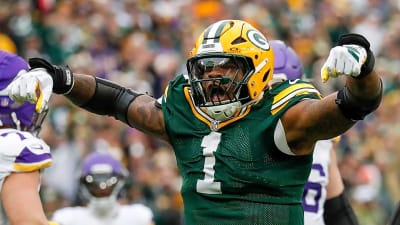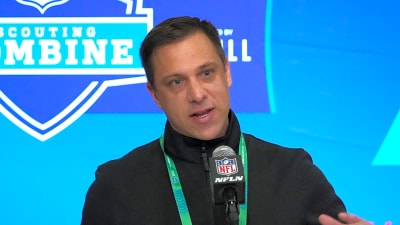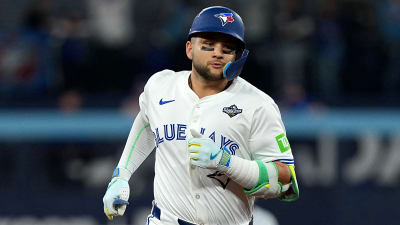x

Patrick Gorski-USA TODAY Sports
The 'Top 10 rushers in Cleveland Browns history' quiz
Can you name the top 10 rushers in Cleveland Browns history? Quiz clue: Yards / Years active with team. Good luck!
More must-reads:
- Jakobi Meyers has changed Jaguars season, and now they paid him
- Tom Brady thinks he could do more than just follow Philip Rivers, return to NFL
- The 'NFL's active TD-catch leaders' quiz
Quiz of the Day Newsletter
If you enjoy sports quizzes, you'll love Yardbarker's Quiz of the Day Newsletter, home to the best sports quizzes anywhere.
- Join the thousands of sports fans who are already addicted.
- Challenge your friends, or play solo.
- Always free!
Subscribe now!








